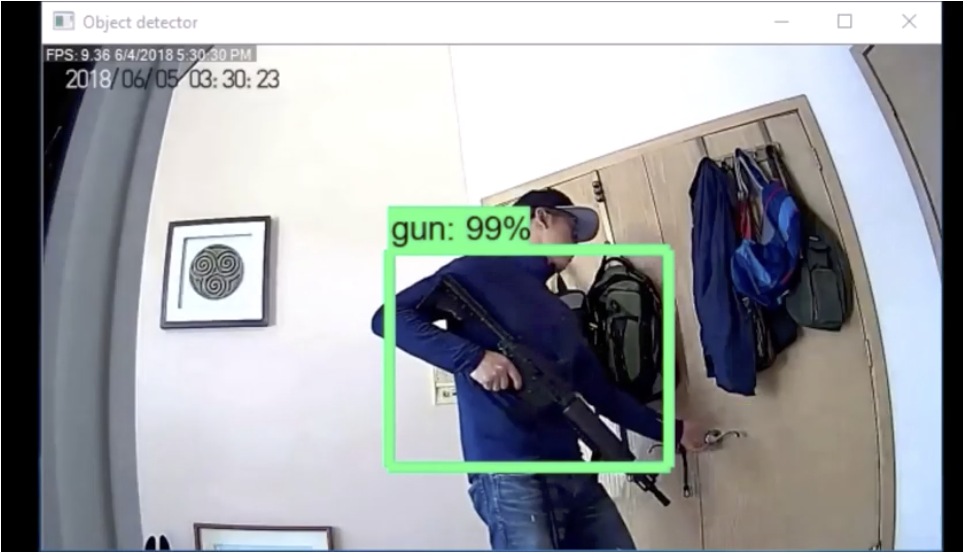
Virtual eForce monitors social media posts to identify threats.
New School Security Tech Uses Machine Learning, Facial Recognition
From shooter drills for students to new building designs, like the $48 million one in a Michigan public school, U.S. public schools and colleges have been seeking ways to reduce the potential of gun attacks on their campuses since the Columbine High School shooting in 1999. Most recently, schools have begun adopting new AI video camera and social media monitoring technology to prevent attacks.
The Associated Press recently sent out a wire story about Atlanta’s Fulton County School District’s installation of cameras that could quickly identify a gun assailant’s location and movements, to help police respond and find them. Cameras also identify previously stored images of people who had been banned from a building, enabling security to immediately alert officials if the person returns. The district is spending $16.5 million to put the cameras in 100 buildings.
According to London-based IHS Markit, schools are the biggest market for video surveillance in the U.S., at an estimated $450 million in 2018. The data and information services company estimated the overall market for real-time video analytics at $3.2 billion worldwide in 2018. It’s anticipated to grow to more than $9 billion by 2023.
AI-operated surveillance has spread rapidly as companies race to serve the school market, especially in the year since the Marjory Stoneman Douglas High School shooting in Parkland, Fla. According to a USA Today story, three companies have rushed to meet school demand: Bark Technologies, Gaggle.Net and Securly, Inc.
The companies early to the game involve monitoring social media and texts sent on school-issued phones and tracking records and emails in school databases.
Several other startups have also begun offering products to schools, including Silicon-based Deep North, an advanced object and facial recognition technology. Also, Seattle-based Virtual eForce uses AI-based gun detection, shooter tracking and mass notification to assist schools. Research shows that machine learning algorithms are as good as a team of child and adolescent child psychologists at assessing the risk of violent behavior.

Image from Virtual eForce.







Leave A Comment